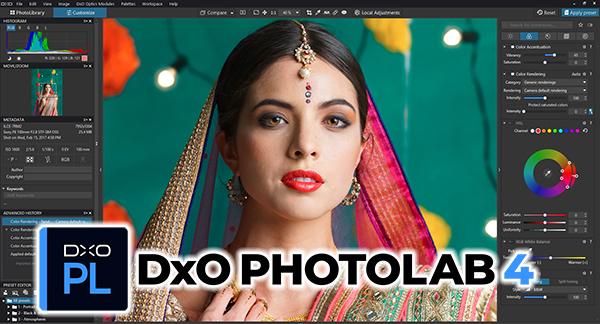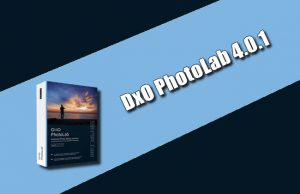
- #Dxo photolab elite pdf manual manual#
- #Dxo photolab elite pdf manual upgrade#
- #Dxo photolab elite pdf manual software#
At left, I've clicked the "Color" button (marked in blue at the top) to filter to color-related tools, then started to type "saturation" in the search field, and after two letters my chosen tool was already located in two different palettes.

PhotoLab 4's user interface now allows searching, filtering and customization.

DxO has also introduced a selective copy-and-paste function which allows you to take just your chosen parts of the recipe you've applied to one image, and apply those to as many other images as you like with minimal fuss.

Key among these is the new DeepPRIME denoising engine, an artificial intelligence-based evolution of DxO's already-impressive PRIME noise reduction from earlier versions.
#Dxo photolab elite pdf manual upgrade#
There's also upgrade pricing if you have a previous version of PhotoLab or OpticsPro.Ĭompared to the preceding major release, PhotoLab 4 has several significant new features and a raft of more minor ones.
#Dxo photolab elite pdf manual software#
Now entirely focused on software development, DxO has nevertheless stayed the course with a perpetual licensing model for PhotoLab, eschewing the controversial subscription-based pricing that rivals like Adobe have used to increase revenues. It has also shuttered its nascent hardware business altogether, and spun off its DxOMark camera, lens and smartphone testing lab as a separate company in 2017. As a result, I often find it quick and easier to just adjust things on my own from scratch to reach my goals.First launched in early 2004 under the name Optics Pro, DxO rebranded its Raw processor as PhotoLab back in 2017 to better reflect that its capabilities now go far beyond just lens corrections, and simultaneously absorbed the popular Nik Collection plugins from Google for integration into its own software. In general I tend to use global presets infrequently because I usually find I have to undo some of the preset’s settings anyway. Since I know what I want to achieve, I just apply global and local adjustments as needed for the specific image I’m working on. They don’t apply any Local Adjustments, of course, and Local Adjustments are a critical component for any of my attempts at HDR. They are primarily just adjustments lto Smart Lighting, a couple of contrast sliders and vibrance and don’t work equally well for every image. While I can’t speak for I don’t use any of those HDR presets. I became more interested when a DxO-competitor email advert had a display of what appeared to be AI technology for this purpose (AI as with PL “deep Prime”) that would decrease my workflow time interval and effort to the endpoint of a preliminary image to submit to a client. HDR - Backlight correction: strongly lightens shadows under backlighting conditions, while still preserving a natural look.Īre any of these similar enough to what you used? If so, can I use one of these with my additional “favourite” settings, that is, as a “partial preset” upon which to build a new local-to-my-PL preset? I have played a bit with these as I do not need HDR very often – but I had an otherwise “keeper” image that would have benefitted from such and thus I experimented. Restores highlights, strongly brightens shadows, and emphasizes the tone curve HDR - Artistic: Provides a marked HDR effect. Restores highlights, lightens shadows, and has a reasonable effect on HDR - Realistic: Provides a less-pronounced HDR effect. Multiple images shot at different exposures, and can be used on both RAW and JPEG files:

These single-shot image presets do not require combining Is redistributed to be used without having to use special software or 32-bit files. This category contains four presets that simulate HDR effects - that is, images with an extended dynamic range but with a tonal range that
#Dxo photolab elite pdf manual manual#
From the PL4 manual (PDF that I have downloaded as a more useful reference than attempting to find on the web), High Dynamic Range (single-shot HDR)


 0 kommentar(er)
0 kommentar(er)
